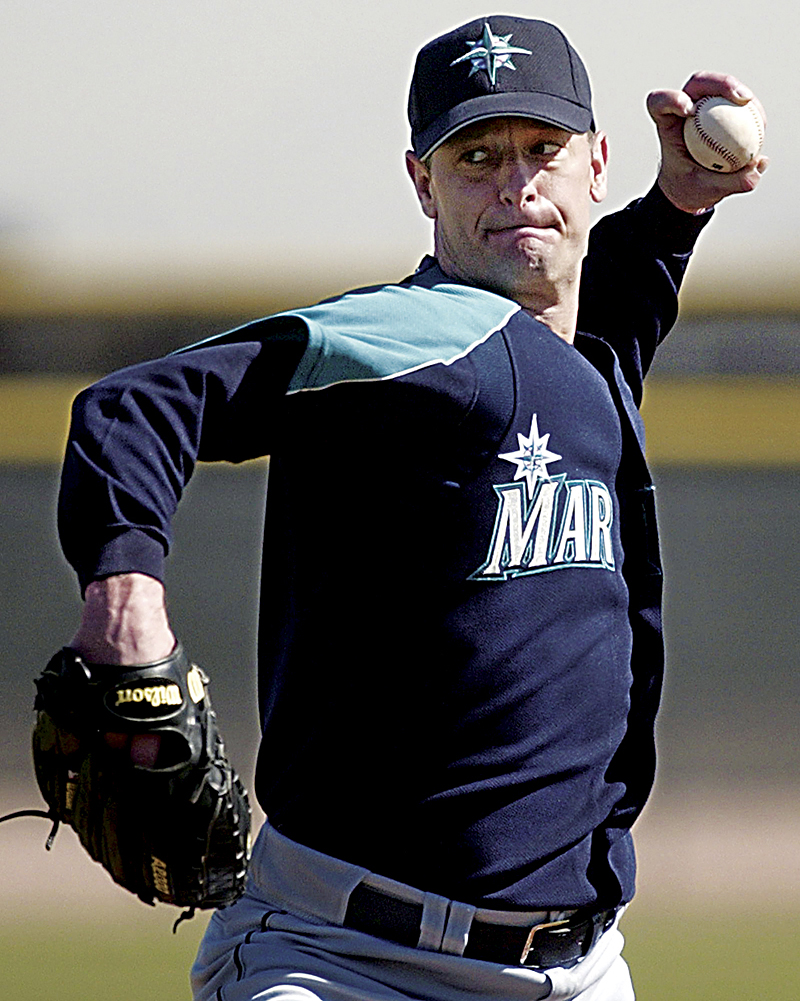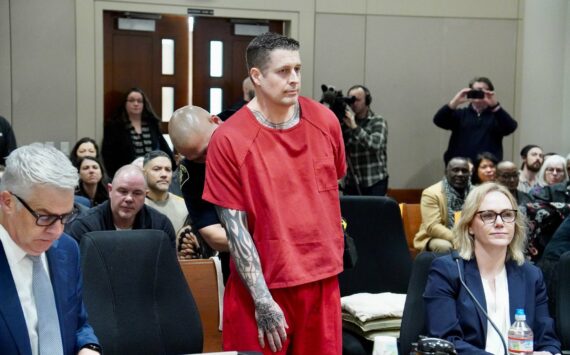Last Friday afternoon, in a sterile conference room on Microsoft’s campus, a host of entrepreneurs, NASA representatives, and amateur scientists gathered to prove something that’s already been well established: Getting to space is very hard.The occasion was the 2011 Space Elevator Conference, a title that requires almost immediate clarification. First conceived in turn-of-the-century Russia and popularized in sci-fi novels, a space elevator is exactly what it sounds like: a lift that moves people or goods up and down. Except instead of an elevator that just takes you to the 62nd floor, this one would take you 62 thousand miles into orbit.It would do that, of course, if it were anywhere close to being a reality. Which it’s not. A fact that was unceremoniously hammered home during the conference’s final event, a NASA-sponsored challenge worth two million dollars.Five years ago, NASA asked Congress for money it could then use as a carrot for innovation in a program it calls Centennial Challenges. Thus far, a few of those challenges have been successfully met: two years ago, an engineer from Maine won $250,000 after building a better astronaut glove. Meanwhile, the Strong Tether Challenge, as the space elevator contest is known, has proved to be NASA’s most stubbornly unwinnable.The problem is simple. In order to get an elevator into space–an achievement that would make both space travel and transport phenomenally cheaper than our current solution: the cumbersome, fuel-laden rocket–a new material has to be discovered.That new material has to be both strong enough and light enough to support the tether (which itself would be anchored to an oil rig-like platform somewhere on the equator). And when compared to the best commercially available materials, that means a technological leap as great as from wood to metal.Competing in the contest were two archetypes disguised as real people. The first was Bryan Laubscher, president and founder of Webster, Texas-based Odysseus Technologies, who was dressed in the entrepreneur’s standard uniform: a blazer with no tie, a look that suggests just enough professionalism to be trusted with your money, but not enough to be trusted to do something boring with it.Laubscher is the most visible face of the space elevator. Not only does he run a company devoted to finding new high-strength materials, he’s also the conference’s chair. Which makes him the complete opposite of Flint Hamblin, the day’s only other competitor.When I asked the conference’s media guy for a little background on Hamblin, he seemed just as confused as I was. “We’d never heard of him,” he said. “We only just met him today.”Wearing a ball cap pulled tight over his head, and a shirt bearing the kaleidoscopic likeness of carbon nanotubes–the ultra-light, ultra-strong material discovered in the early ’90s that gave hope to the space elevator vision–Hamblin fit well the part of bedroom inventor. And it turned out that’s exactly what he was.A mechanical engineer from Logan, Utah, Hamblin had literally created his tethers in his own bedroom. He further added to his growing mystique by telling the assembled crowd that he’d just returned from 13 months at the South Pole, and when presented with the mic said, goodnaturedly, “I was told I wouldn’t have to speak.” The tether test was conducted on what looked like a midieval torture rack. Only instead of felonious villagers being pulled to their limits, it was string. And despite his lack of credentials, Hamblin whupped Laubscher.Hamblin’s home-made tethers, which he pulled with no great fanfare from the pocket of his massive backpack, easily bested Laubscher’s, which he in contrast carefully lifted from a rig that seemed better designed to transport a priceless cabernet. Yet despite Hamblin’s unexpected victory, there was no real winner: both men failed to even sniff the threshold for NASA’s prize.”This was a real disappointment,” said Laubscher, summing up the challenge. “This was the best tether I’d ever made. And it didn’t even come close.”
More Stories From This Author
Measles detected in King County infant
The patient visited multiple locations around the county between Feb. 20 and Feb. 25, including Bellevue Square, Bothell, and Redmond.
February 27, 2025 3:35 pm
Small businesses brace for higher minimum wage in King County
New wage for unincorporated areas went into effect Jan. 1, but the rules are still being determined.
By
Grace Gorenflo • January 28, 2025 12:38 pm
Former Auburn cop sentenced to 16 years, 8 months for murder
A jury convicted him in June 2024 for second-degree murder after shooting Jesse Sarey in 2019
By
Joshua Solorzano • January 24, 2025 2:40 pm






